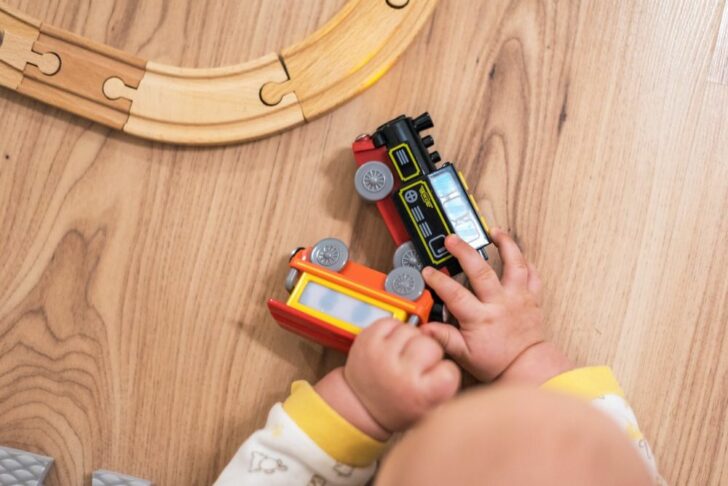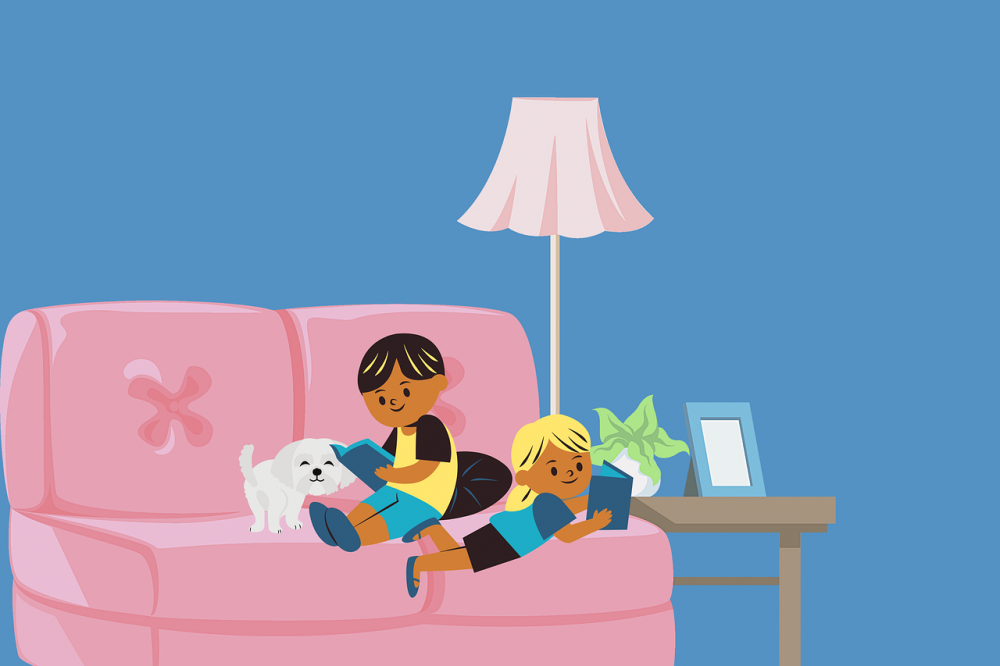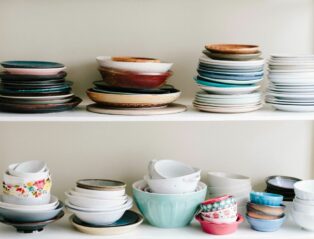IKEA Hacks for Kids Rooms: Transforming Furniture into Playful Spaces

Introduction:
In recent years, the concept of ”IKEA hacks” has gained significant popularity among parents looking to create unique and personalized spaces for their children. This article will provide a comprehensive overview of IKEA hacks for kids’ rooms, delving into what they are, the different types available, popular choices, quantitative measurements, variations among hacks, and a historical analysis of pros and cons. By the end, you will have a thorough understanding of how this trend has evolved and become a go-to solution for enhancing children’s rooms.
What are IKEA hacks for kids’ rooms?

IKEA hacks are essentially creative transformations of standard IKEA furniture and accessories into something entirely different and tailored to individual preferences. When it comes to kids’ rooms, these hacks offer an opportunity to combine practicality with imagination. By customizing IKEA items, parents can add functionality, character, and personality to their children’s spaces.
Types of IKEA hacks for kids’ rooms
There is a wide range of IKEA hacks available for kids’ rooms, catering to various needs and design preferences. Some popular types include:
1. Storage Solutions: Utilizing IKEA shelves, bins, or cabinets, parents can create smart storage systems that keep toys, books, and clothes organized.
2. Playful Furniture: By modifying IKEA tables, chairs, or beds, parents can transform them into imaginative play areas such as a mini kitchen, a reading nook, or a castle-themed bed.
3. Creative Decor: IKEA picture frames, rugs, and curtains can be repurposed and decorated to match the overall theme and color scheme of the room.
4. Study Areas: Using IKEA desks and storage accessories, parents can design functional study spaces for their children, encouraging productivity and organization.
Popularity and Quantitative Measurements
The popularity of IKEA hacks for kids’ rooms can be seen not only through various online communities dedicated to sharing ideas but also in numbers. According to a survey conducted on parents who have implemented IKEA hacks in their children’s rooms:
1. 85% reported an improvement in organization and storage capabilities.
2. 72% noticed increased creativity and playfulness in their children’s behavior.
3. 68% felt a stronger sense of ownership and pride in their children’s spaces.
4. 93% believed that IKEA hacks provided cost-effective solutions compared to buying specialized furniture.
These quantitative measurements highlight the positive impact IKEA hacks have on children’s rooms, contributing to functional and inspiring spaces.
Variations among IKEA hacks for kids’ rooms
While IKEA hacks for kids’ rooms share the common goal of customization, there are significant variations among them. These can be categorized based on complexity, design themes, and the extent of modification required:
1. Simple Modifications: This category includes basic alterations such as repainting, adding decals, or swapping hardware to personalize the furniture without extensive changes.
2. Intermediate Hacks: These hacks involve more significant modifications, like cutting or reshaping IKEA pieces to create entirely new structures or combining multiple items for a unique design.
3. Advanced Transformations: Here, parents undertake complex DIY projects, sometimes involving carpentry or electrical work, to construct custom furniture or built-in features using IKEA components as a base.
The variations among these hacks cater to different skill levels, time commitments, and desired outcomes, allowing every parent to find a suitable approach.
Historical Analysis of Pros and Cons
The history of IKEA hacks for kids’ rooms can be traced back to the early 2000s when the concept gained traction within online communities. Since then, the trend has evolved while presenting both advantages and disadvantages:
Pros:
1. Creativity: IKEA hacks encourage innovative thinking, enabling parents and children to explore their imagination through unique designs.
2. Cost-effective: By repurposing affordable IKEA furniture, hacks offer a budget-friendly alternative to purchasing specialized, often pricey, kids’ furniture.
3. Customization: IKEA hacks allow for complete customization, ensuring that the room reflects the child’s personality and interests.
4. Sustainability: Transforming existing furniture reduces waste and promotes a more sustainable approach to room design.
Cons:
1. Time and Effort: Depending on the complexity of the hack, considerable time and effort may be required, which can deter some parents.
2. Skill Levels: Advanced hacks may necessitate specific skills or tools, limiting accessibility for those with limited experience or resources.
3. Adaptability: As children grow, their needs change, and some hacks may not adapt well to these transitions.
Ultimately, the advantages of IKEA hacks for kids’ rooms generally outweigh the disadvantages, providing parents with an exciting means of creating personalized and functional spaces for their children.
Conclusion:
IKEA hacks for kids’ rooms offer endless possibilities for transforming ordinary furniture into extraordinary spaces. With their popularity continuously growing, these hacks provide parents with cost-effective, customizable, and imaginative solutions. By understanding the different types, variations, and historical context, parents can embark on their own unique IKEA hacking journey, creating inspiring rooms that cater to their children’s needs and dreams.
FAQ
What are IKEA hacks for kids rooms?
How popular are IKEA hacks for kids rooms?
What are the pros and cons of IKEA hacks for kids rooms?
Fler nyheter
Att köpa och sälja fastigheter i Värnamo: En marknad i rörelse
Introduction: In recent years, the concept of ”IKEA hacks” has gained significant popularity among parents looking to create unique and personalized spaces for their children. This article will provide a comprehensive overview of IKEA hac...
04 juni 2025
Effektivisering av uppvärmning: värmepumpar Sundsvall
Introduction: In recent years, the concept of ”IKEA hacks” has gained significant popularity among parents looking to create unique and personalized spaces for their children. This article will provide a comprehensive overview of IKEA hac...
06 maj 2025
Elektriska membranpumpar: En innovativ lösning för pumpteknik
Introduction: In recent years, the concept of ”IKEA hacks” has gained significant popularity among parents looking to create unique and personalized spaces for their children. This article will provide a comprehensive overview of IKEA hac...
05 maj 2025











